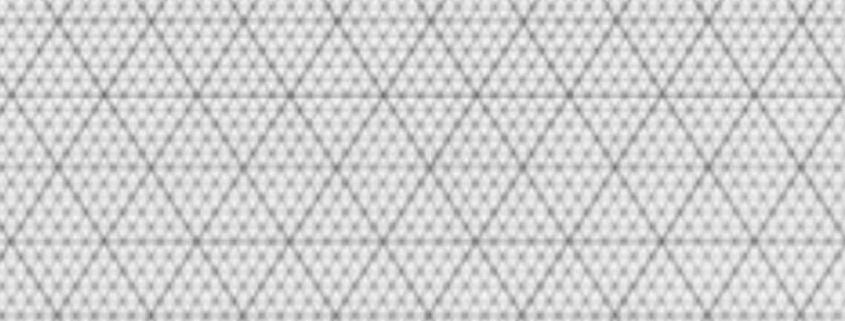SPACES THAT IMAGINE US
Tudor Pătrașcu, Leopold Kessler
Curator: Cristian Nae
STATEMENT
What kind of “other spaces” can art generate? In 1967, Michel Foucault presented the conference “Other Spaces” in Paris, proposing the idea that alongside dystopias and utopias (which potentially exist in the form of fictions), or virtual spaces, there exist around us heterotopias. The latter are real, concrete spaces, which are distinguished by their different functioning and thus delimit their own place within the social field organised according to standardised rules. But he could not have foreseen in detail the profound transformations that social life would undergo some half a century later.
As a result of the intensification of advertising communication, the generalisation of consumption and the internalisation of forms of control exercised at the most intimate level over the desires and imagination of consumers (now turned into producers) in advanced capitalist societies, the heterotopias mentioned by Foucault in that lecture – including the space of imaginative freedom and social anomie specific to art – have themselves become sign-producing machines that can easily be commodified. We live in a kind of total simulation, without a trace of exteriority, in which subjects are invited to comfortably dream of satisfying the next desires that capital produces, and time itself becomes a marketable commodity.
The artistic projects conceived by Tudor Pătrașcu and Leopold Kessler explore the utopia of a comfortable world, an imaginary space of complete well-being, in which individuals are fed with illusions like the characters in the Wachowski sisters’ film “The Matrix”, while the capitalist production network insidiously feeds on their phantasmatic energy. The exhibition project prepared for Borderline Art Space proposes an imaginary populated with the phantasms of self-fulfillment, illustrating at the same time the bankruptcy of forms of social critique and the demise of the revolutionary project of the artistic avant-garde, of which nothing seems to be left but another form of visual language exploitable in the form of signs emptied of their original political potential.
The promise of authentic community life and frictionless collectivity is brutally demystified by Leopold Kessler’s video works – recordings of a collective performance made in public space, one of which was made in Iasi on the occasion of this exhibition. These counterpoint the drawings with which Tudor Pătrașcu (re)projects the world as a fractured space, built from overlapping fragments, in which authentic communication is replaced by brands and slogans, and artistic language seems to be constituted at the level of geometric abstraction as a simulacrum of a concrete reality long gone. In this sense, the exhibition space transforms the artists and the public into imagined characters inside a hallucination produced by the capitalist matrix.

